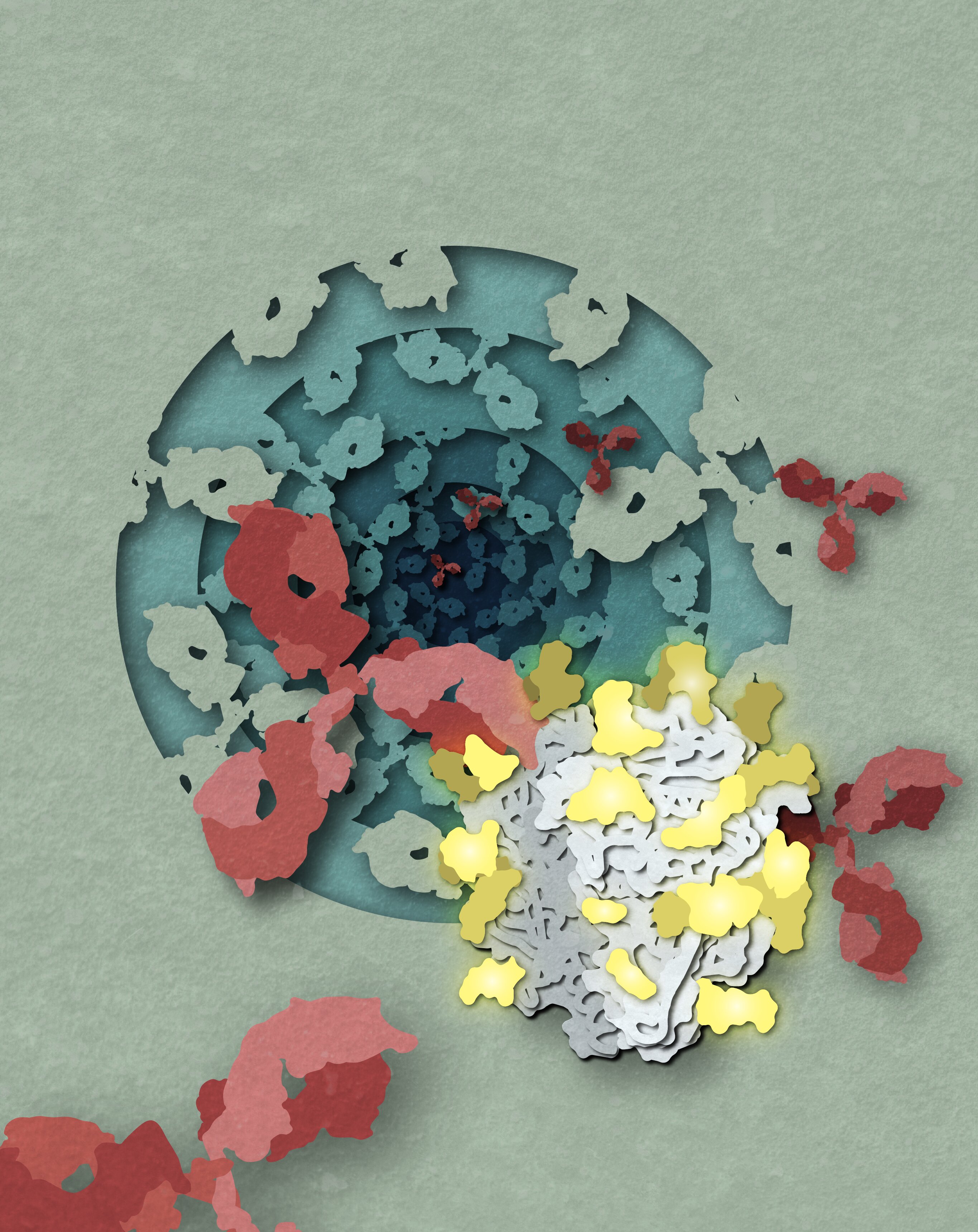
The Lassa virus infects hundreds of thousands of individuals each year in West Africa, where it can cause Lassa fever, a serious sickness with long-term repercussions, or even death. There aren’t any immunizations or therapies for the illness that are now widely accepted. Now, researchers at Scripps Research have figured out the make-or-break protein complex that the Lassa virus uses to infect human cells. The study, which was released online in Cell Reports, also discovered brand-new antibodies that attach to these proteins and kill the virus, opening the door for more potent Lassa virus vaccinations and therapies.
According to senior author Andrew Ward, Ph.D., professor of Integrative Structural and Computational Biology at Scripps Research, this work represents a significant advancement in the ability to isolate new antibodies to pertinent sites of vulnerability on the virus and provides a basis for conducting rational vaccine design to broadly protect people against many lineages of the Lassa virus. These novel reagents, as detailed in the research, are currently in use and producing fascinating new findings.n
Like many viruses, Lassa virus exists in a variety of lineages, each with slight variations in its genes. This diversity has made it challenging to pinpoint antibodies that recognize all versions of Lassa virus. Scientists have also struggled to isolate Lassa glycoproteins—the spike-like proteins that surround the virus and are the target of most antibodies. In the infectious virus, these glycoproteins exist in complexes of three, called trimers. For decades, however, scientists were only able to isolate glycoproteins in the lab as single proteins and not in their trimer complexes.n
In 2022, Ward and colleagues glycoprotein structures from the distinct lineages were extremely similar.n
“We were hoping to see more obvious differences that would explain why antibodies didn’t recognize all the lineages,” says Hailee Perrett, a Scripps Research graduate student and first author of the work. “Instead, we found a very high level of conservation across the peptide and sugar components of the protein.”
Using the same stable glycoproteins, Ward, Perrett and their colleagues next used blood samples from patients who had recovered from Lassa virus to isolate antibodies against the glycoprotein trimers. They found new antibodies and characterized previously discovered antibodies that recognize different lineages of the Lassa virus glycoprotein, which may be useful in developing a treatment or preventive vaccine against the virus.n
The team is already planning future experiments to pinpoint more antibodies against the Lassa virus glycoproteins, as well as further analyzing the protein structures to identify places on the glycoproteins that are ideal for targeting with drugs.n
“Our goals were to not only try and define some of the structural details of these different Lassa viruses, but to provide foundational protocols and resources for the field,” says Perrett. “We hope our approaches and initial findings help push the science in this field forward.”
More information:
Hailee R. Perrett et al, Structural conservation of Lassa virus glycoproteins and recognition by neutralizing antibodies, Cell Reports (2023). DOI: 10.1016/j.celrep.2023.112524
